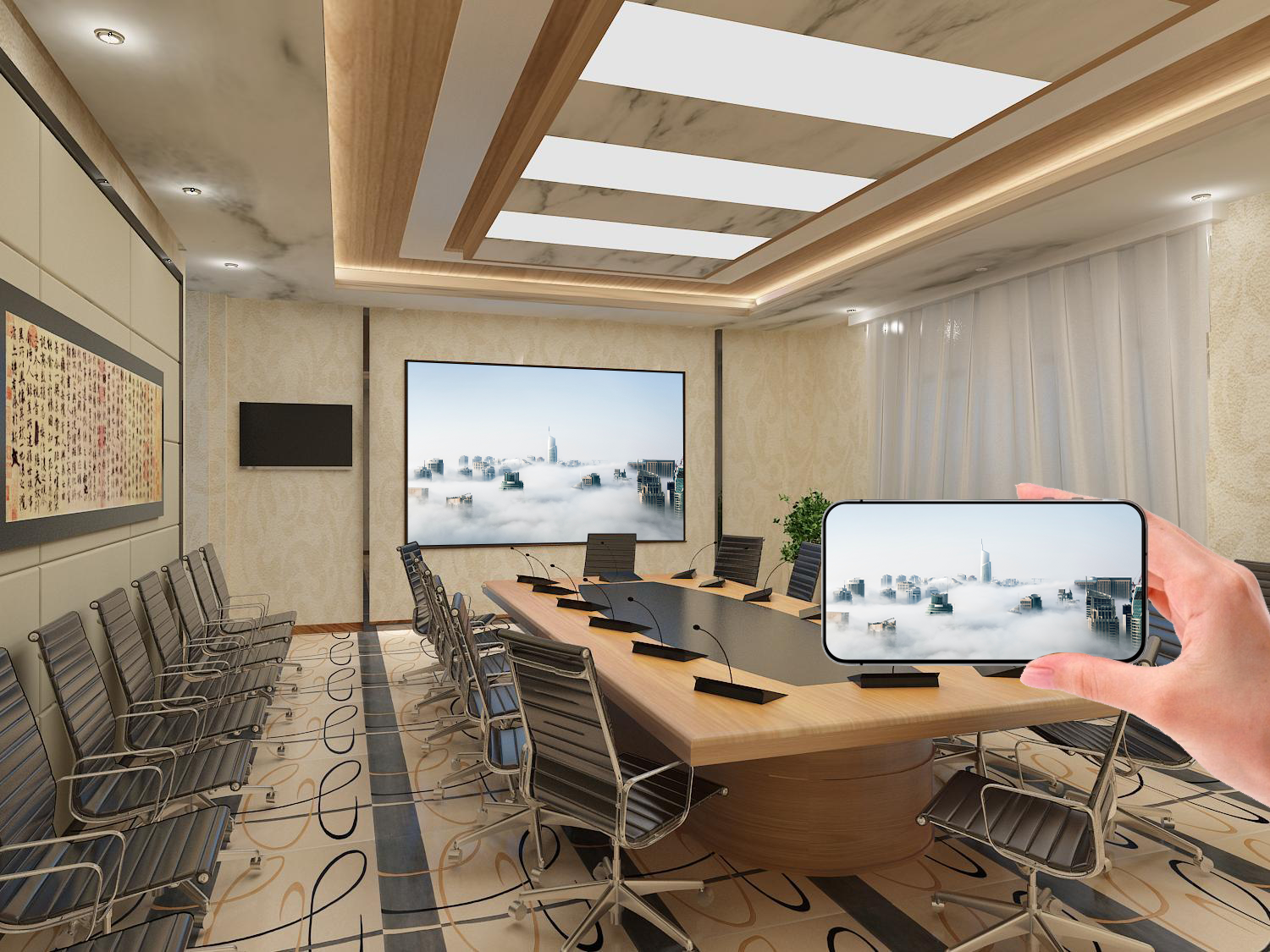WiDi: Multi-Device Wireless Screen Mirroring Solution
Developed based on wireless display technology, the WiDi solution enables wireless direct connection between Windows devices and large screens without the need for additional hardware or plug-ins. It is compatible with devices of multiple brands and models, and adapts to screen mirroring needs in scenarios such as office work, teaching, and creative design. Say goodbye to tangled cables and enjoy more efficient and flexible screen mirroring.
Wide Device Compatibility, Zero Connection Barrier
As long as a device is equipped with a mainstream integrated graphics card and runs Windows 8 or above, the WiDi function can be enabled directly:
- No need to download tools from the app store or manually install drivers; the WiDi connection entry can be found in the computer’s built-in “Projection” function.
- Search for the corresponding receiving device, click to confirm, and pairing is completed in no more than 3 seconds—even computer novices can operate it easily.
It is fully compatible with all device ranges, from classic laptops to new high-performance hosts. There is no adaptation issue due to device brand or replacement, covering more than 90% of mainstream Windows devices.
HD Stable Transmission, No Loss of Details
- Basic Performance: Supports 1080P/60fps HD screen mirroring. When casting engineering reports, numbers with two decimal places are clearly distinguishable; when casting architectural design drawings, changes in line thickness and annotated text are accurately reproduced.
- Advanced Performance: With a high-performance integrated graphics card, it can also achieve 4K/30fps ultra-HD transmission, meeting scenarios with extremely high image quality requirements such as professional design and film post-production.
Transmission latency is controlled at 25-30ms. When playing dynamic demo videos or sliding through PPTs, there is no screen trailing or lag. The audio-video synchronization error is less than 10ms, avoiding the embarrassment of “image moving while audio waiting” and ensuring a smoother demonstration process.
Scenario-Specific Functions, Tailored to Practical Needs
1. Office Collaboration
When multiple people attend meetings with Windows devices, there is no need to compete for HDMI ports. WiDi supports “one-person mirroring, multi-person relay”: after the previous colleague finishes the demonstration, the next person only needs to click to connect on their own computer to switch content. During discussions, users can mark key points with the mouse on the computer, and the marking trajectory is synchronized to the large screen—no need to get up and operate in front of the screen, making the meeting rhythm more compact.
2. Teaching Application
Teachers can cast teaching courseware from Windows laptops and flip pages via keyboard shortcuts anywhere in the classroom. For complex formulas, they can write handwritten annotations in real time on the computer, which are synchronously displayed on the large screen. After students submit assignments using Windows devices, teachers can directly cast excellent assignments to the large screen via WiDi for review, making comments more intuitive and enhancing classroom interactivity.
3. Creative Work
Designers use Windows computers equipped with high-performance integrated graphics cards to run design software, and cast design drafts to the large screen via WiDi. Team members gather around the large screen to discuss revision directions; when designers adjust colors and modify sizes on the computer, the large screen updates in real time. There is no need to repeatedly export files or copy them via USB drives, increasing the efficiency of creative iteration by more than 50%.
Administrators can set a “device whitelist” through the backend, allowing only designated Windows devices to connect and preventing interference from external devices’ accidental mirroring. The receiving end automatically remembers the last 5 frequently used devices and pops up a connection reminder when the devices are nearby next time, eliminating the need for repeated searches. No complex network configuration is required—devices can be used as long as they are on the same local area network, with low daily maintenance costs. For enterprises and schools with a high proportion of Windows devices, choosing the WiDi solution can maximize the value of the devices.
